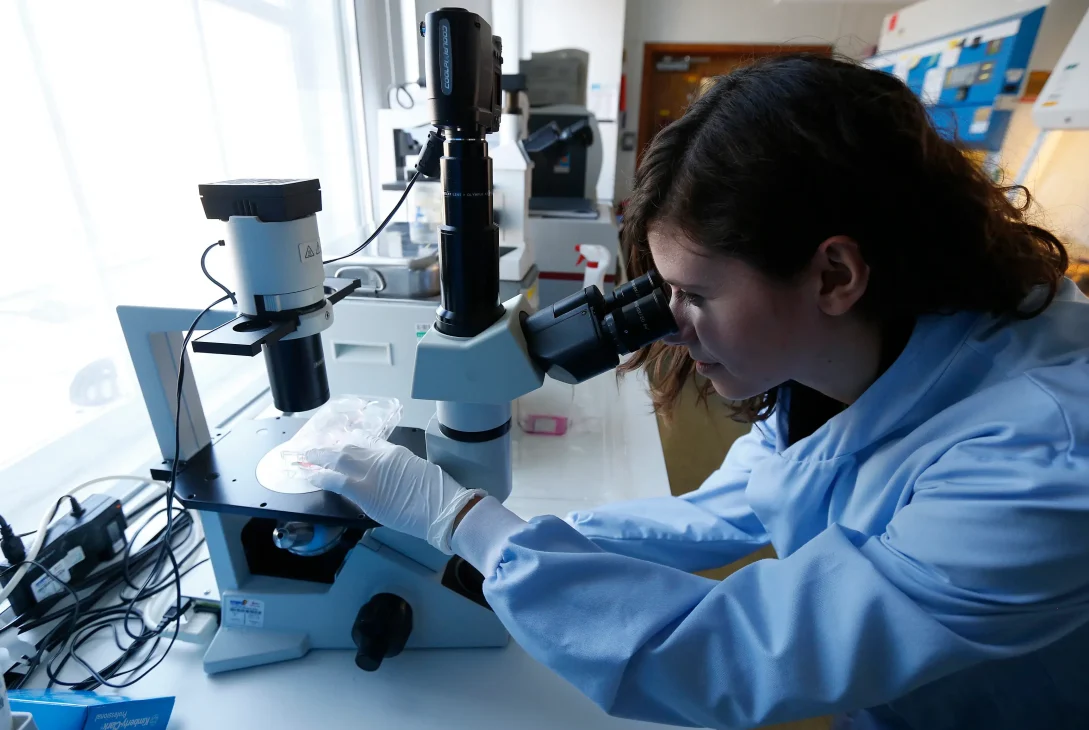Healthcare and medicine are fundamental to human well-being. From life-saving vaccines to groundbreaking surgical techniques, advances in the medical field have dramatically increased life expectancy and improved quality of life worldwide. Yet, as populations grow, lifestyles change, and diseases evolve, the health and medical sector faces both extraordinary opportunities and pressing challenges.
This article explores the current state of healthcare, recent innovations, the challenges that persist, and the direction medicine is likely to take in the future.
The Current State of Global Health
Modern healthcare has made remarkable strides in combating infectious diseases, reducing child mortality, and improving access to care. Vaccinations have eradicated smallpox and nearly eliminated polio, while antibiotics transformed once-deadly bacterial infections into treatable conditions. Advances in public health—clean water, sanitation, and nutrition—have also saved millions of lives.
However, healthcare systems remain uneven. High-income countries often have advanced medical infrastructure, while low- and middle-income regions struggle with access to even basic care. Non-communicable diseases (NCDs)—such as heart disease, cancer, diabetes, and respiratory conditions—are now the leading causes of death worldwide, often linked to lifestyle factors like poor diet, smoking, and lack of exercise.
Key Innovations Shaping Modern Medicine
1. Telemedicine and Digital Health
The COVID-19 pandemic accelerated the adoption of telemedicine. Patients now consult doctors through video calls, monitor health via apps, and use wearable devices to track vital signs. This has expanded access, especially for rural populations or those with mobility challenges. Digital health also enables doctors to monitor chronic conditions in real time, leading to faster interventions and better outcomes.
2. Artificial Intelligence (AI) in Healthcare
AI is transforming diagnostics, drug discovery, and personalized treatment. Algorithms can analyze medical images with remarkable accuracy, sometimes detecting cancers or fractures earlier than human doctors. AI also powers predictive analytics, identifying patients at risk of complications before symptoms appear.
3. Genomics and Personalized Medicine
The sequencing of the human genome has opened doors to personalized medicine, where treatments are tailored to an individual’s genetic profile. This is particularly impactful in oncology, where genetic testing can guide targeted therapies that are more effective and less harmful than traditional chemotherapy.
4. Biotechnology and Regenerative Medicine
Advances in biotechnology, including CRISPR gene-editing, hold promise for curing genetic diseases. Regenerative medicine—using stem cells to repair or replace damaged tissues—offers potential treatments for conditions like Parkinson’s disease, spinal cord injuries, and heart failure.
5. Robotics and Minimally Invasive Surgery
Surgical robots are enhancing precision in complex procedures, reducing recovery times and improving outcomes. Minimally invasive techniques allow patients to heal faster with fewer complications, lowering healthcare costs in the long run.
6. Wearable Devices and Health Monitoring
Smartwatches and fitness trackers go beyond step counting; they now measure heart rhythm, blood oxygen levels, and even detect early signs of atrial fibrillation. These devices empower individuals to take charge of their health and alert doctors to potential problems.

The Role of Preventive Medicine
Preventive medicine emphasizes stopping disease before it occurs. Immunization programs, regular health screenings, and lifestyle counseling are essential components. As chronic diseases continue to rise, prevention becomes even more critical. For example:
-
Promoting exercise and healthy diets reduces the risk of obesity and related conditions.
-
Screening programs for cancers (such as mammograms and colonoscopies) detect disease early, when treatment is most effective.
-
Public health campaigns targeting smoking, alcohol use, and unsafe sex save millions of lives annually.
Investing in prevention not only improves population health but also reduces healthcare costs.
Challenges in Modern Healthcare
Despite progress, the health and medical sectors face numerous obstacles:
-
Rising Healthcare Costs
Medical technology, pharmaceuticals, and hospital care are expensive, creating affordability issues. Even in wealthy nations, out-of-pocket costs can burden families. -
Inequality in Access
Millions worldwide lack access to basic healthcare, medications, and skilled professionals. Geographic, economic, and political factors create gaps that need urgent addressing. -
Aging Populations
Longer life expectancy means more elderly patients with chronic conditions, increasing pressure on healthcare systems and caregivers. -
Workforce Shortages
Many regions face shortages of doctors, nurses, and specialists. Burnout, worsened by the pandemic, has also driven healthcare professionals to leave the field. -
Global Health Threats
Emerging infectious diseases, such as COVID-19, Ebola, and antibiotic-resistant bacteria, remind us that health threats are global and require coordinated responses.
The Ethical and Regulatory Dimension
As medicine advances, ethical questions become more complex. Should we edit human embryos to eliminate disease? How should patient data collected by wearables be stored and protected? Who is responsible if AI makes a diagnostic error?
Regulation must keep pace with innovation to protect patients while allowing beneficial technologies to thrive. Balancing progress with ethics will be one of the defining challenges of future healthcare.
Public Health and Community Medicine
Public health goes hand in hand with clinical medicine. While doctors treat individuals, public health professionals focus on communities—addressing social determinants of health such as poverty, education, and housing.
For example:
-
Ensuring clean water supplies prevents outbreaks of diarrheal diseases.
-
Educating communities about vaccination builds herd immunity.
-
Urban planning that encourages walking and cycling promotes healthier lifestyles.
The integration of public health strategies with clinical care is essential for building resilient healthcare systems.
The Future of Medicine
Looking ahead, several trends are likely to define the future of health and medicine:
-
Precision Medicine: Treatments tailored to individual genetics, lifestyle, and environment will become the standard.
-
Virtual Hospitals: Patients will increasingly receive care at home via telehealth, supported by remote monitoring.
-
AI-Powered Drug Development: New medications will be discovered and tested faster using AI-driven simulations.
-
Global Health Collaboration: Countries will need to work together more closely to manage pandemics, climate-related health issues, and antibiotic resistance.
-
Holistic Health: Mental, emotional, and social well-being will be integrated into healthcare alongside physical health.

Conclusion
Health and medicine are undergoing a period of extraordinary transformation. From AI-driven diagnostics to gene editing and telemedicine, innovations are offering solutions to age-old challenges while raising new questions about access, ethics, and sustainability.
At the same time, global health remains marked by inequality, rising costs, and the constant threat of new diseases. The future of healthcare will require not only technological advancement but also strong public health measures, international cooperation, and a commitment to making medicine accessible and equitable for all.
Ultimately, medicine is about more than curing disease—it is about improving quality of life. As science and technology continue to evolve, so too will our ability to create healthier, longer, and more fulfilling lives for generations to come.





